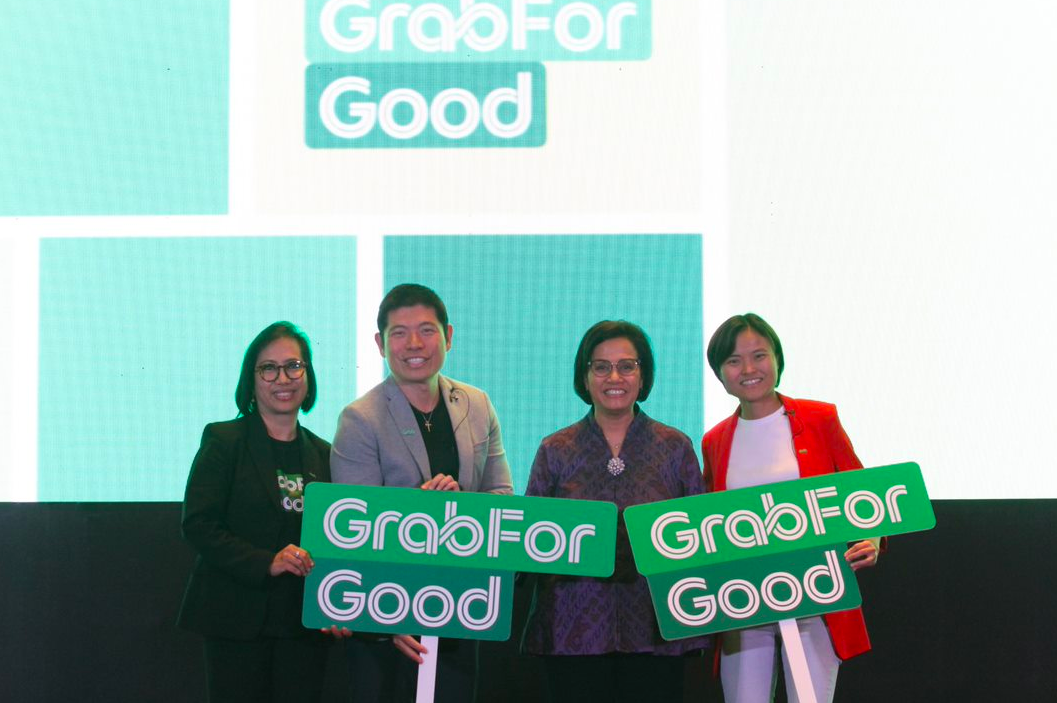According to a study on MSME’s (micro, small, and medium enterprises) participation in the digital economy in ASEAN, only 34% of small businesses in Southeast Asia have an online presence.
Additionally, only half of Singapore’s SMBs (small and medium businesses) have a digitalization strategy in place.
As a result, the social distancing measures that came in place before and during Singapore’s circuit breaker have dealt a blow to their brick-and-mortar businesses as consumer behavior shifted online.
The behavior is expected to stay even as movement restrictions ease.
In a bid to help small businesses in Southeast Asia adapt to the new business landscape after COVID-19, Grab has launched a Small Business Booster Program that includes tools and initiatives to make it easier for offline businesses to make the shift online.
In addition, the program also helps those already on the Grab platform expand their visibility and adapt their operations to an increasingly digital-reliant world.
“Small businesses make up the backbone of Southeast Asia’s economy, but the vast majority of these businesses are offline. They will need to embrace technology and digitalize or risk falling further behind,” said Hooi Ling Tan, co-founder, Grab, in a press release yesterday, June 8.
Digital shopfront on the Grab app
The Small Business Booster Program aims to help small businesses digitalize either by giving them a digital shopfront on the Grab platform or through e-payments integration.
The programme will be progressively rolled out from mid-June.
Key components of the programme include:
- GrabMerchant: A self-serve platform, available via app and web portal, for merchants that includes a self-onboarding feature, an insights tool to see the effectiveness of their marketing campaigns, an ads creation tool to build and track their own ads, and a purchasing feature for them to buy supplies and ingredients at wholesale rates.
When: App from mid-June and web portal from July 2020.
- Offline to Online (O2O) Merchant Support Program: Partnerships with e-commerce solution providers that allow for easy set up of online stores with GrabPay integration.
When: In the coming weeks. First roll out in Singapore, with Shopmatic and other partners as a start, followed by Malaysia and the Philippines.
This builds on Grab’s remote GrabPay link solution that gives merchants a URL that they can send to customers to make payment, with the merchants receiving GrabPay credits instantly. During COVID-19, many merchants turned to social media and instant messaging platforms to sell their products, but lacked an easy way to receive payments.
- Merchant Discovery: Increase discovery of businesses and drive more foot traffic to their physical stores as Singapore moves out of the circuit breaker period and more businesses look to reopen.
Businesses who sign up for Merchant Discovery can also choose to push promotions to customers who are nearby. Grab users will be able to view merchants near them through the “Nearby Merchants” widget on the Grab app.
When: From early Q3 2020.
- USD 3.5 million in free ads: Grab will feature merchants on the most prominent spaces within the app and cover the cost and resources required. Approximately 6,000 local businesses in 28 cities across 8 countries will stand to benefit.
When: From July, for a 5-week period.
Merchants who previously purchased banner ads on the GrabFood homepage saw a 300% return on advertising spend.
Grab will also roll out additional customer loyalty plans for merchant-partners in Q3 2020, to help small businesses increase sales and improve customer retention.
Grab For Good
In response to COVID-19 in March and April this year, Grab committed over USD 40 million to partner relief efforts and rolled out over 100 initiatives to support merchants, delivery partners, “frontliners,” and communities that were affected by the pandemic.
In Singapore alone, more than 20 initiatives were launched.
In the same months, over 78,000 new merchants joined the Grab platform and small businesses saw a 21% increase in online revenue through Grab during this period.
Grab also created income opportunities for over 115,000 individuals who signed up as driver or delivery-partner in the same period.
With the efforts so far, Grab estimated that they have contributed USD 8.5 billion to Southeast Asia’s economy in the 12 months leading up to March 2020.
In a bid to continue its efforts, Grab further announced partnerships with governments across Southeast Asia to connect farmers and other rural entrepreneurs to the digital economy in its second edition of Grab For Good.
